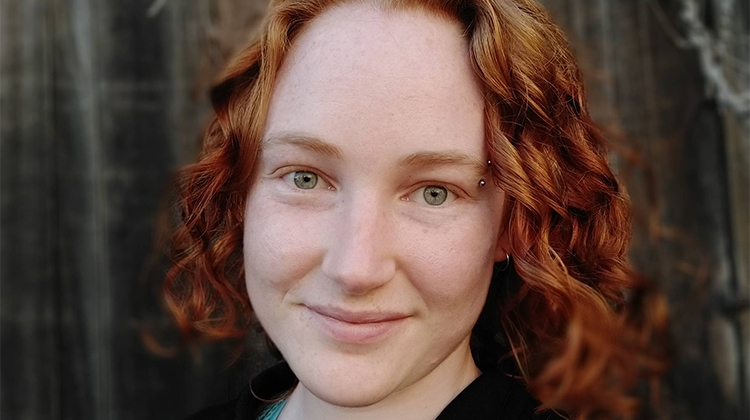Female Scientists no Longer in the Shadows

I was three years old when I told my parents I wanted to be a physicist. Growing up in a household full of science and engineering - my mother a GP and my father an engineer - my passion was encouraged and nurtured.
In this environment, I always understood that a career in science was an option for me.
But I know that not all girls are lucky enough to have a STEM role model in their own household, and it reflects in careers outcomes.
Studies show the disparity in the expectations of STEM careers among those who grow up with a parent involved in a science career and those who do not.
The 2021 Youth in STEM report for the Department of Industry, Science, Energy and Resources revealed that young people with parents educated or working in STEM-related fields were significantly more likely to express an interest in STEM.
It is clear how powerful representation can be in impacting career choice.
Unfortunately, few women have female role models in STEM either at home or the wider community, and the proportion of women choosing careers in STEM remains stubbornly low.
According to the Australian Government’s 2021 STEM equity monitor, women made up less than a quarter of those studying STEM in 2019, while men with a STEM qualification were 1.8 times more likely to be working in a STEM-qualified occupation five years after graduating than their female peers.
That doesn’t look likely to improve, with Australian girls surveyed only half as likely to see themselves in STEM careers, at just 21% compared with 42% of boys (2021 Youth in STEM report).
The need for visibility for women in science (we can only dream of the well-earned attention given to the mighty Matildas in recent weeks!) is one of the reasons I jumped in a car full of scientists to take part in the National Quantum & Dark Matter Road Trip this year.
The road trip is travelling to schools and communities across regional and rural Australia, introducing students who would not usually have access to cutting-edge research to the world of dark matter and quantum materials engineering.
But most importantly, we are showing our faces to help students see that there is no one way of being a scientist; there is no ‘typical’ scientist, nor should there be.
On Monday, the road trip will arrive in Queensland, where a group of scientists will travel to remote and rural schools to show students that STEM careers are accessible to them.
Hopefully, in the future, having seen women and diverse scientists deliver presentations about their jobs and the potential of a science career, at least some of these students will be inspired to forge a career in STEM, and even in particle physics, where I have experienced such exciting challenges and opportunities.
You might wonder why it matters if the STEM workforce is skewed towards city-dwelling men? For one, equity of access and opportunity is important in itself, but, just as importantly, scientific exploration and discovery relies on the creative and original thinking that can be achieved most effectively by diverse teams, who bring new perspectives and unique ways of thinking.If we want to solve the world’s great mysteries – including in my field of dark matter – we need to make a place for more diversity at the table.
I want to show people, especially young students, that science isn’t a far-off concept on a pedestal. It isn’t meant to be confined to the lab or to those who grew up in certain households, but instead belongs to everyone.